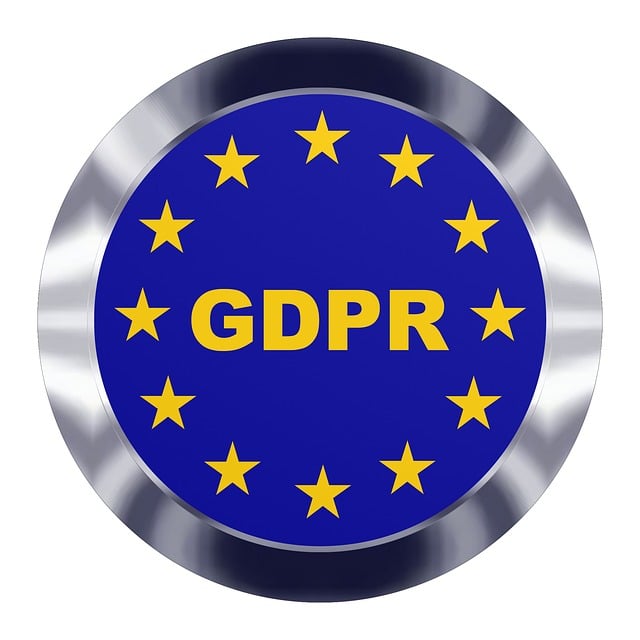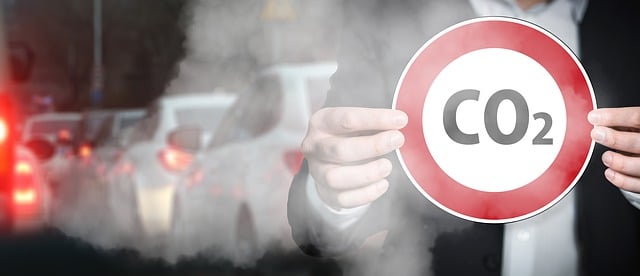Select Emissions Regulations guide businesses to reduce harmful emissions from industry, transport, and power generation. Governments use technology like smart grids and data analytics to monitor and control emissions, promoting renewable energy. Precision testing ensures compliance with stringent standards for auto, biomass, and solar emissions. Stricter global norms push the automotive industry towards sustainable practices, with real-world testing scenarios reflecting diverse environments. Advanced monitoring tools provide real-time data for better regulatory compliance and addressing emerging environmental challenges.
Stay ahead of the curve with our comprehensive guide on the latest emission testing procedures. From understanding stringent Select Emissions Regulations to exploring advanced testing methods and global standards, this article offers invaluable insights. Discover real-world applications spanning on-road and off-road scenarios, and gain perspective on future trends driven by green technologies. Uncover how these developments are reshaping compliance and ensuring a sustainable future.
- Understanding Select Emissions Regulations
- Advanced Testing Methods for Precision
- Global Standards in Emission Assessment
- Real-World Applications: On-Road and Off
- Future Trends: Green Technologies & Compliance
Understanding Select Emissions Regulations

Understanding Select Emissions Regulations is a critical step in staying compliant with environmental standards and ensuring sustainable practices. These regulations, often tailored to specific industries or regions, aim to curb harmful emissions from various sources, including industrial processes, transportation, and electricity generation. By implementing strict norms, governments and regulatory bodies hope to improve air quality, mitigate climate change impacts, and promote a healthier environment for citizens.
Among these, the smart grid emission management plays a pivotal role in modernizing the energy sector. It involves utilizing advanced technologies to monitor and control emissions from power plants connected to the grid, enhancing overall efficiency and reducing environmental impact. Additionally, air quality health advisories and renewable energy promotion laws further underpin efforts to transition towards cleaner energy sources, such as wind, solar, and hydro power, thereby decreasing reliance on fossil fuels and their associated emissions, like electricity generation emissions.
Advanced Testing Methods for Precision

In the realm of precision testing, the latest emission control techniques employ advanced methods to meet stringent Select Emissions Regulations. These innovative approaches are pivotal in ensuring that vehicles and industrial processes adhere to the strictest pollution control regulations. By leveraging cutting-edge technology, such as enhanced sensor systems and sophisticated data analytics, testers can now achieve unprecedented accuracy when measuring exhaust emissions. This precision is vital for identifying even the slightest deviations from acceptable limits, allowing for more effective auto emissions reduction strategies.
Moreover, these advanced testing methods play a crucial role in addressing broader environmental concerns, including biomass energy emission worries and water pollution control measures. Natural resource conservation laws demand vigilant monitoring of air quality, and the most sophisticated equipment enables regulators to implement appropriate remedies. This emphasis on meticulous testing contributes to broader efforts toward ecological preservation, underscoring the importance of adhering to the toughest environmental standards in both automotive and industrial sectors.
Global Standards in Emission Assessment

The global automotive industry is undergoing a significant transformation as it aligns with international standards for emission assessment. Select Emissions Regulations, such as the strictest pollution control regulations and auto emissions reduction strategies, have become paramount in combating climate change. These regulations are driving the development of global vehicle emission norms that prioritize environmental sustainability.
Beyond traditional auto emissions, even solar panel emission profiles are now under scrutiny. Manufacturers must adhere to stringent guidelines to ensure not just minimal auto emissions but also the ecological impact of the entire life cycle of their products. This shift towards comprehensive emission testing reflects a broader commitment to addressing global pollution and fostering a greener future.
Real-World Applications: On-Road and Off

The latest emission testing procedures extend far beyond laboratory settings, encompassing both on-road and off-road scenarios to ensure accurate assessments. On-road tests play a pivotal role in evaluating vehicle emissions under real-world driving conditions, reflecting urban air quality monitoring systems’ importance in gauging the environmental impact of transportation. These tests account for factors like traffic density, speed, and elevation, providing insights into how vehicles perform in diverse settings.
Concurrently, off-road testing facilities simulate various operating environments, including different terrains and weather conditions, to validate biofuel emission benefits. By subjecting engines to such scenarios, manufacturers can confirm their products’ adherence to the strictest emissions standards globally. Furthermore, these real-world applications contribute to the development of sustainable manufacturing practices, highlighting the need for comprehensive emission testing as a cornerstone in the battle against air pollution and climate change.
Future Trends: Green Technologies & Compliance

The future of emission testing is poised for a significant shift with the integration of green technologies and stricter compliance standards. As global efforts to combat climate change intensify, so too do the demands for more sustainable practices across various industries. The latest trends in emission testing reflect this growing emphasis on environmental stewardship.
One notable trend is the adoption of advanced industrial emissions monitoring tools that provide real-time data on pollutant levels. These innovative solutions enable regulatory bodies and businesses to implement stricter auto emissions reduction strategies, ensuring compliance with the most recent Select Emissions Regulations. Moreover, with issues like wildfire smoke emission controls gaining prominence, these technologies play a crucial role in mitigating environmental impact across diverse sectors.
The evolution of emission testing procedures, guided by initiatives like the Select Emissions Regulations, has led to advanced testing methods that ensure precision in global standards. By integrating real-world applications and embracing future trends such as green technologies, we’re not only achieving cleaner air but also fostering compliance and sustainability. Understanding these latest procedures is crucial for navigating the dynamic landscape of emission assessment, ultimately contributing to a greener world.
